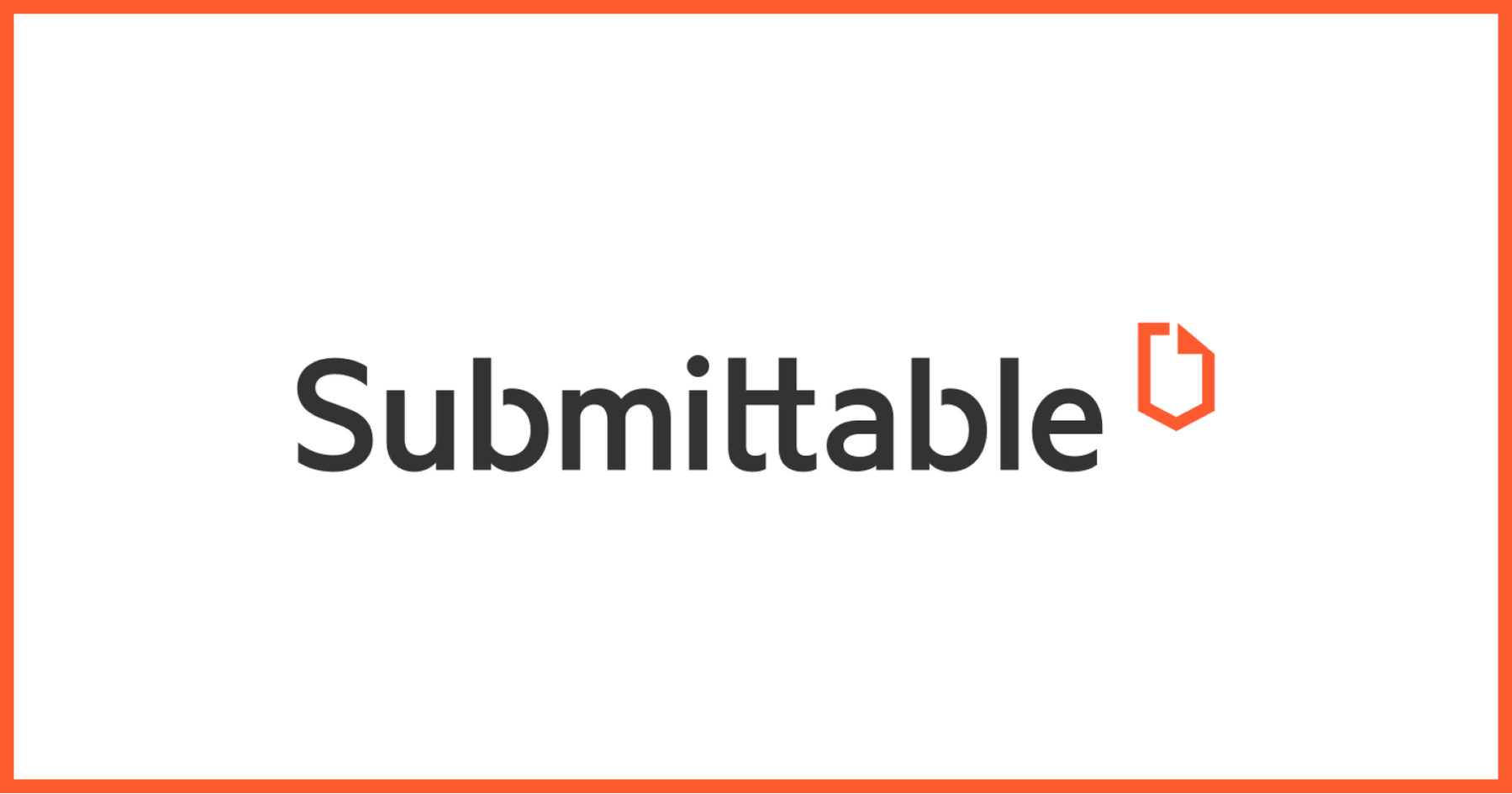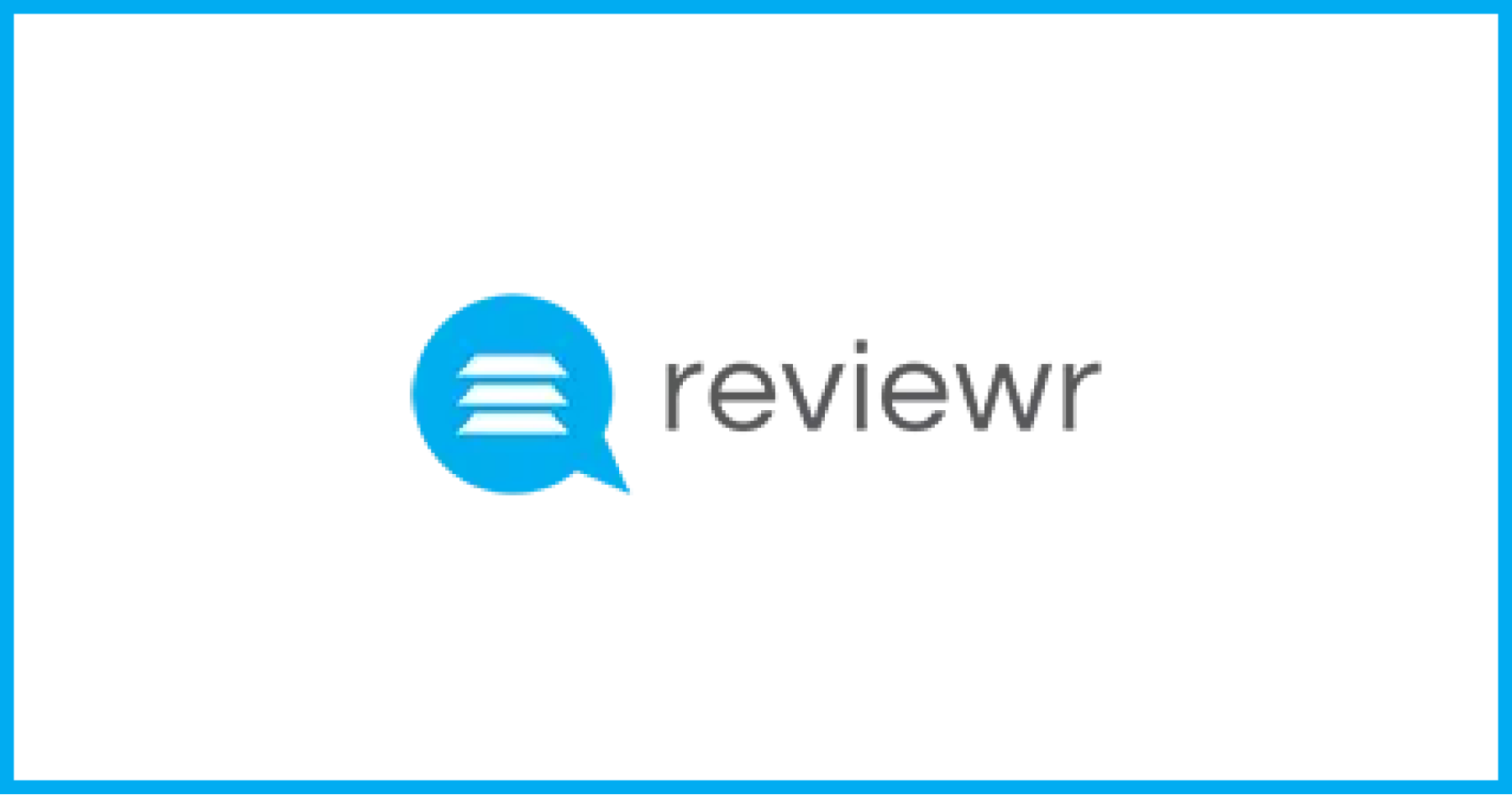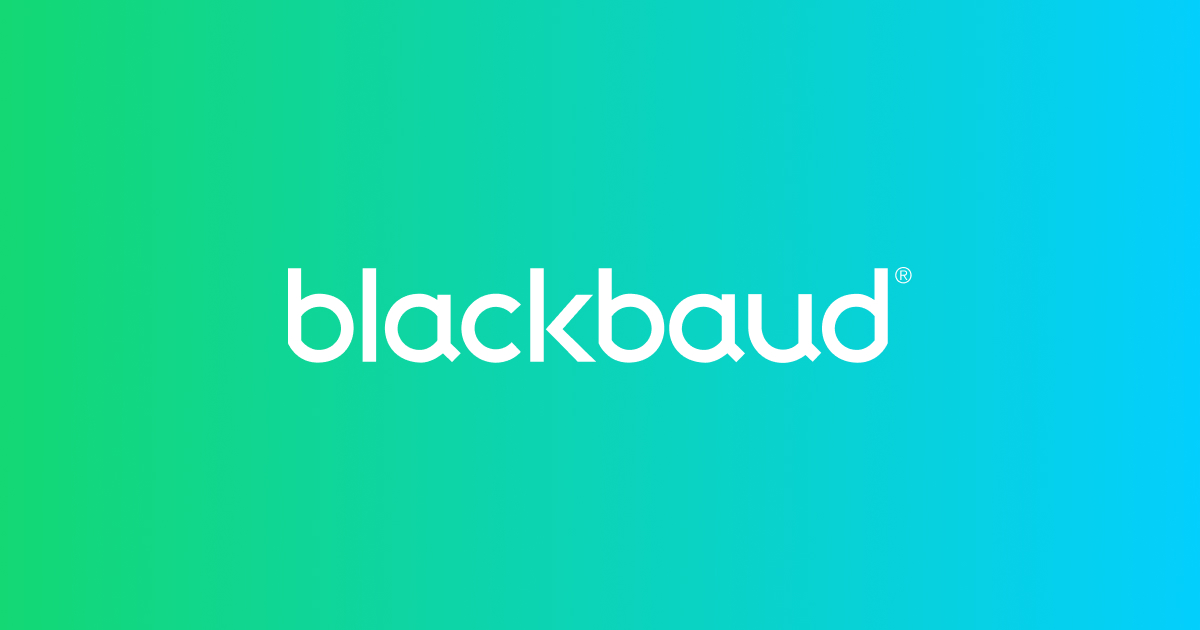8 Scholarship Application Template Mistakes to Avoid
Better application management of scholarships, grants, awards, and more.

8 Scholarship Application Template Mistakes to Avoid
If you want to ensure that you collect essential information from those applying for scholarships, thus improving your efficiency at evaluating candidates, you should use a template to create a scholarship application form from. This will be of immense help in streamlining the overall scholarship management process.
When designing an application for your scholarship program, when using templates to help you accomplish the task much faster, there are some scholarship application template mistakes you will want to avoid if you hope to create one that will meet your needs.
Below we’re sharing eight of them in the hopes of setting you up for the best possible chances of success.
1. Not Using a Template at all
We see far too many scholarship program managers trying to create forms on their own without utilizing the scholarship application template resources available to them. They tirelessly exhaust themselves trying to think of everything they should or could include in their forms, only to inevitably forget something. Don’t reinvent the wheel. There are people who have done this before you, and you can borrow their good ideas!
2. Copying/Using a Random Application off the Internet
You can pull a scholarship application template off of random websites that have forms available for download. However, it’s better to use templates that are provided with application management software designed for scholarship programs. This way you can ensure you are using better questions and qualifiers to find the best possible candidates for your programs.
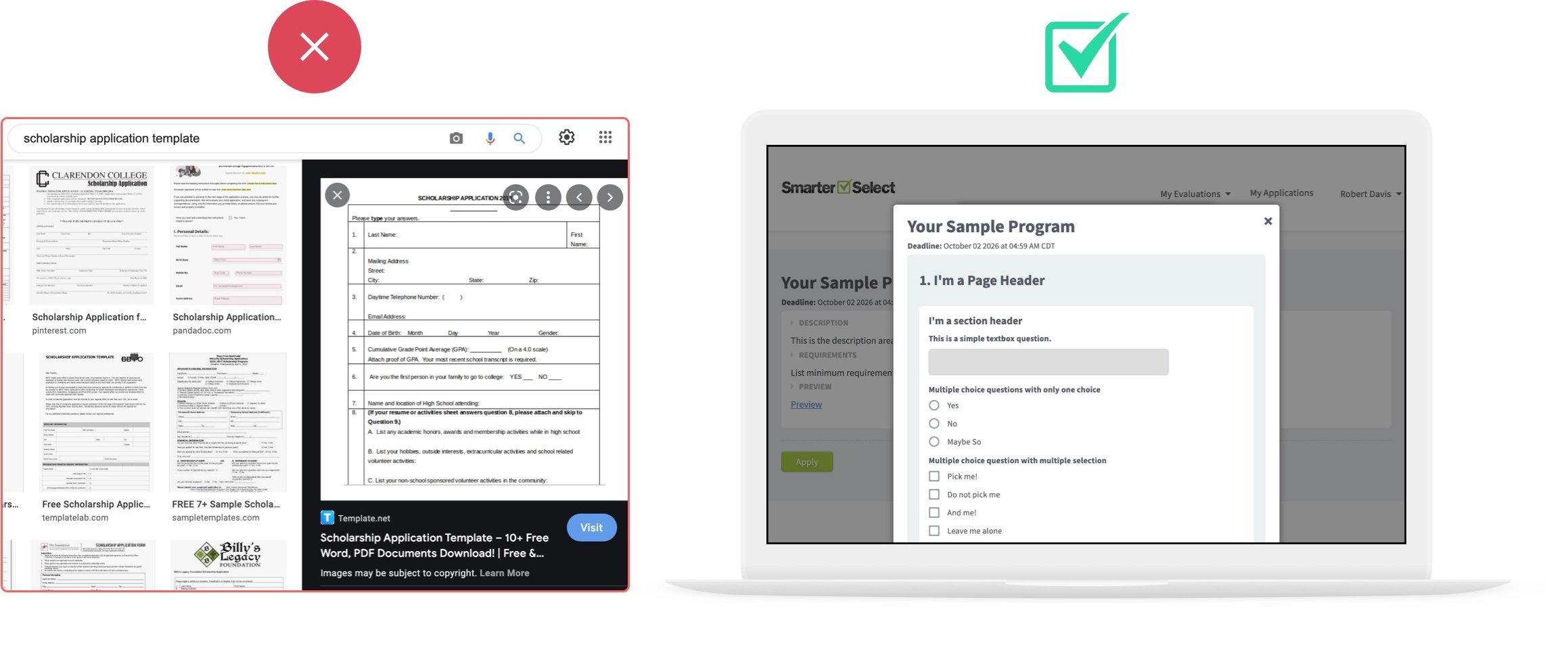
3. Using the Wrong Application Management Software
It goes without saying that not all software is the same. While SmarterSelect is not the only application management system on the market, we give program managers the best value for their money. Read about who we are and what we’ve done here.
4. Forgetting to Include Qualification Factors
Adding qualifiers to your chosen scholarship application template will help you ensure that only the people you want to consider for receiving a scholarship even apply. Ask yourself things like:
- Can graduate or undergraduate college students both apply, or is this limited to high school students?
- Is this scholarship for one field of study?
- Are there any geographic, socioeconomic or even gender specific criteria you want to use?
- What about GPA? Does this factor into who qualifies?
5. Not Asking the Right Questions
While you should include a number of qualifiers to thin out your application pool, you also need to make sure you’re asking the right questions in the right way. This is where our scholarship application template options come in handy! You can view real applications and see the questions that other program managers have asked, and the prompts they have offered to help applicants fill out the form correctly.
For example, you can avoid a lot of troubleshooting and customer service by:
- Setting the expectations for essay length
- Putting character or word limits on responses
- Making your instructions clear to receive reasonable answers to each question
- Breaking prompts down into multiple questions for easier reading to assess applications faster
6. Making Your Application Too Complicated
Using a scholarship application template with our software doesn’t mean you won’t overcomplicate things. It’s easy to go overboard with too many essays or too many questions that are difficult to score. What you need is a user-friendly layout. For example, divide the application into different sections and pages. This makes it easier for candidates to process and respond to questions. And, avoid asking for more information than necessary.
Remember, you and your team will likely have hundreds if not thousands of applications to go through. Therefore, it’s best to only collect the relevant information that will qualify or eliminate candidates from your application pool.
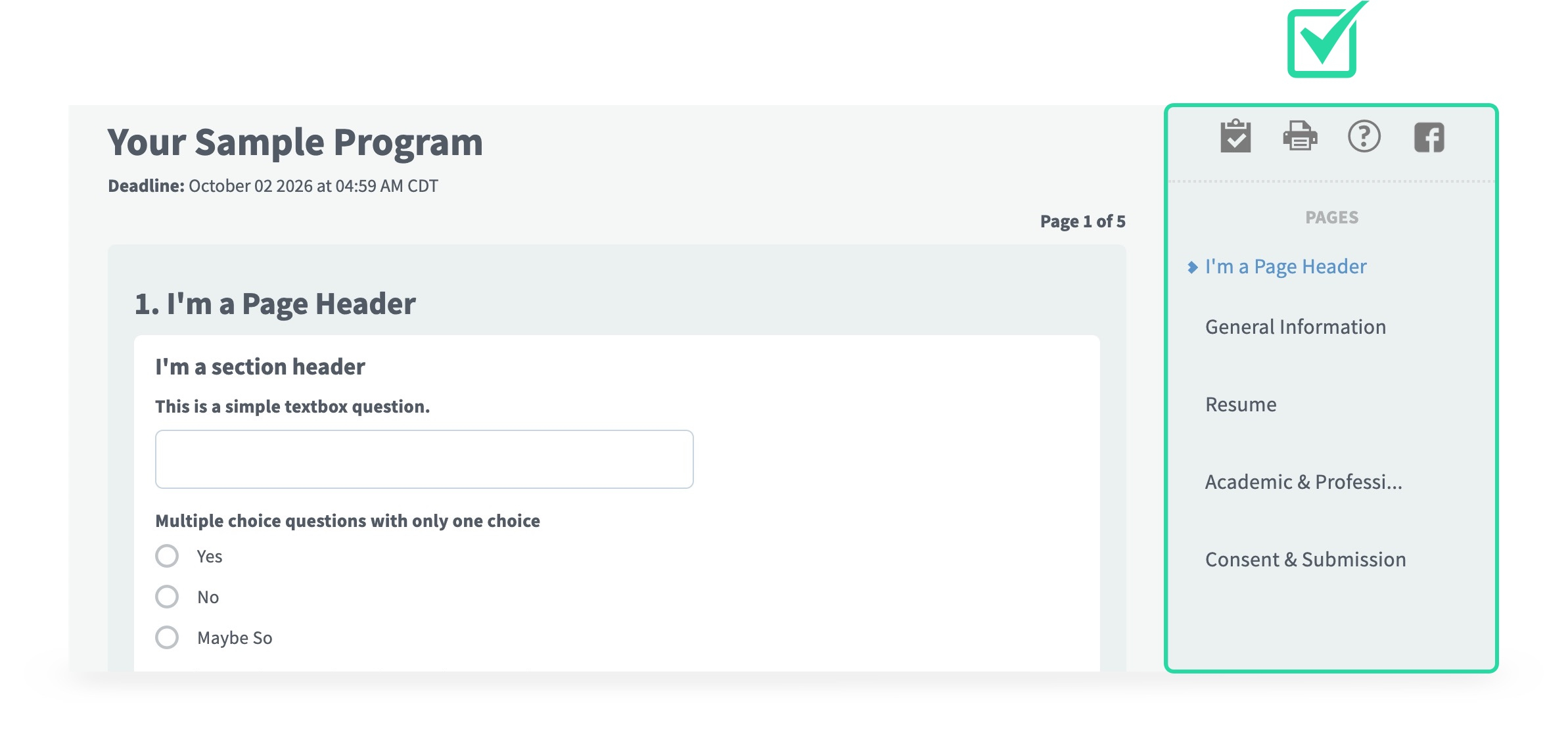
7. Neglecting to Include Field Validation
Some applicants may write the date as month, date, and year (i.e. April 22, 2021). Others might utilize numbers, hyphens, or backslashes (i.e. 10-21-21 or 10/21/21). People write phone numbers differently as well. Some using hyphens and others using parentheses. This is where field validation comes in handy.
We also allow you to put a cap on things like GPA and income - for example, your GPA number may not exceed 4.0 and income can’t exceed $24,000 per year respectively. Our software makes it easy to calculate numbers and using score rubrics to filter out unqualified candidates much faster as well.
8. Trying to Go It Alone
One of the most important reasons to use SmarterSelect for your scholarship program is our community forum. While we have several scholarship application templates, we also understand that sometimes it helps to talk to other program managers to get feedback and kick around ideas. If that wasn’t enough, we also have tutorials and training designed to help you with every aspect of program management.
Learn more about what SmarterSelect can do for you for free. To create your free account we’ll just need a little information, and you can get started in a few minutes. Click here to start your free trial now!
FAQ'S
1. What are the common mistakes to avoid while designing a scholarship application form in terms of using a template?
Below are the common mistakes to avoid:
- Not using a template at all
- Using a random application template off the internet
- Using the wrong application management software
- Not including qualification factors
- Not asking the right questions
- Making your application too complicated
- Not including field validation.
Consider asking yourself the following while creating your scholarship application:
- Can graduate or undergraduate college students both apply, or is this limited to high school students?
- Is this scholarship for one field of study?
- Are there any geographic, socioeconomic or even gender specific criteria you want to use?
- What about GPA? Does this factor into who qualifies?
You might also like
SUBSCRIBE TO OUR BLOG!
CATEGORIES
- Online Application Software (49)
- Features (33)
- Scholarship software (29)
- scholarship management (21)
- Scholarship Management Software (20)
- scholarship program (15)
- Grant software (14)
- program management (11)
- Award software (10)
- application management (10)
- application management systems (9)
- scholarships (9)
- Corporate scholarships (8)
- Grant Management Software (8)
- Feature Update (6)
- Grantmaking (6)
- Scholarship Funds (6)
- SmarterSelect (6)
- app tree (6)
- grants (6)
- navigation (6)
- Grant compliance (4)
- scholarship program manager (4)
- Conferences (3)
- Grant compliance and reporting (3)
- Product Feature (3)
- grant managers (3)
- scholarship application templates (3)
- Association Software (2)
- Awards management platforms (2)
- Customer satisfaction (2)
- Grant management (2)
- Grant reporting (2)
- Scholarship marketing (2)
- scholarship award letter (2)
- scholarship program template (2)
- scholarship rejection letter (2)
- Awards management software (1)
- Grant lifecycle (1)
- Handling incomplete applications (1)
- How to automate scholarship program communication (1)
- Inspiring employee recognition awards (1)
- International scholarships (1)
- Mathematics scholarships (1)
- Merit based scholarships (1)
- Need based scholarships (1)
- Reverse scholarship (1)
- STEM scholarships (1)
- Scholarship administration (1)
- Scholarship application errors (1)
- Scholarship application management (1)
- Scholarship award management (1)
- Scholarship communication (1)
- Scholarship cycles (1)
- Scholarship disbursement process (1)
- Scholarship fund diversification (1)
- Scholarship fund management (1)
- Scholarship renewal (1)
- Scholarship tracking (1)
- Support (1)
- Technology scholarships (1)
- Wizehive pricing (1)
- accept payment (1)
- email productivity (1)
- grant makers (1)
- grantmaking best practices (1)
- payment (1)
- paypal (1)
- post award grant management (1)
- program managers (1)
- scholarship agreement (1)
- scholarship applicant complaints (1)
- scholarship applicant's issues (1)
- scholarship rejection letter template (1)
- wizehire alternative (1)
- wizehive review (1)



